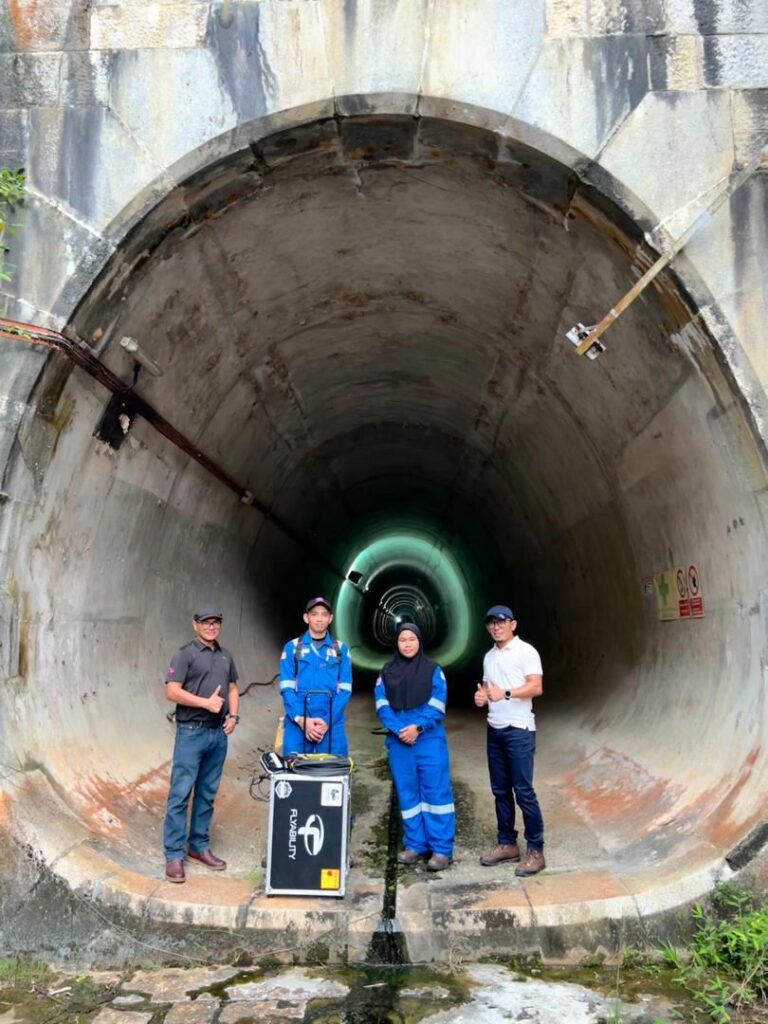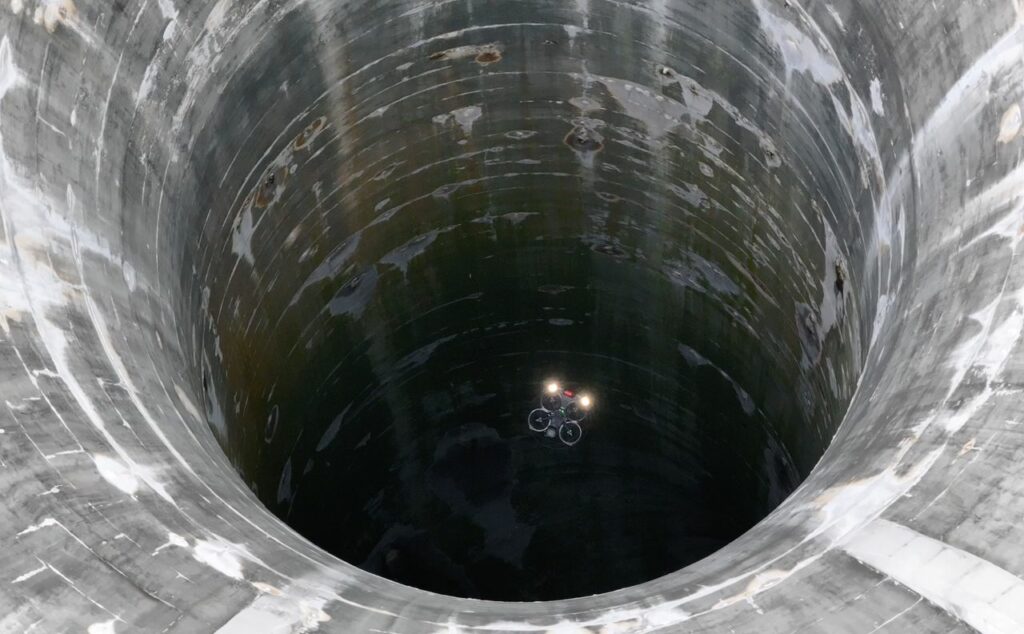
This article is attributed to Mohamad Shahriq Abdullah, Founder of AL Pine.
Drones are becoming the next essential tool for a staggering range of businesses, with the global market size for commercial drones targeted to reach a value of US$153.82 billion by 2031. From agriculture, mining, logistics to infrastructure, drones are not only being used to enhance productivity and optimise operations, but also becoming significantly more autonomous, allowing for even wider utilisation.
This is especially true for the field of inspections. The tech offers aerial perspectives and access to hard-to-reach areas, making them particularly invaluable. This piece explores how inspection drones are revolutionising business operations, driving efficiency, and fostering growth across multiple spaces. In short: why should business leaders take advantage of the potential in integrating inspection drone technology into their operations?
How Drones Have Evolved Over Time

The developments in drone technology have been remarkably rapid. From the initially basic – and perhaps slightly clunky – offerings on the market in the early 2000s designed for recreational purposes and simple aerial photography, the sheer advances in features for present-day commercial drones have expanded drone utility across different sectors.
Early drones had limited flight times, low-resolution cameras, and rudimentary controls requiring skill to operate. Today’s commercial drones feature extended flight times, longer ranges, GPS systems, high-definition cameras, and autonomous flight capabilities, including obstacle avoidance and automated flight paths.
Enhanced by AI, machine learning, and advanced sensors like LiDAR and thermal imaging, modern drones operate effectively in challenging environments. Regulatory changes and innovations from companies like DJI and Parrot have further propelled the adoption of specialised inspection drones, marking a significant milestone in the evolution of drone technology.
The General Utility of Drones
When it comes to drones, three main factors make them useful as commercial tools: the reduction of human risks in hazardous environments, improved precision in data collection, and the most economically appealing factor—the significant drop in operational costs, as drones reduce the need for both manual labour and expensive equipment.
Agriculture benefits from drones that monitor crop health and optimise resource use, boosting efficiency and yields. In construction, these devices provide detailed surveys and project monitoring, enhancing planning and progress tracking. Logistics sees reduced delivery times and costs thanks to the drones’ ability to use direct flight paths. Telecom and electricity companies rely on drones for tower and power line inspections to ensure network reliability.
However, when it comes to the inspections industry specifically, it’s safe to say that drone technology has proven to be the ultimate solution for a truly staggering variety of utilities and situations.
Drones Make Inspections Safer, Cheaper, Easier

In the inspections industry, drones are essential for utility companies examining various infrastructures and systems. They ensure accuracy, security, and safety in hazardous environments such as high altitudes, confined spaces, and areas with toxic substances. Drones excel in navigating and operating in inaccessible zones like high radiation and toxic gas areas. This especially comes into play for areas that require nondestructive testing and evaluation (NDT&E), like concrete dams, drainage systems, and other water-related structures that require a proactive approach in finding potential safety concerns.
Primarily, drones with high-resolution cameras can be used to create detailed 3D models of dams or pipeline layouts, enabling engineers to remotely identify cracks and other issues. Thanks to LiDAR technology, we are now able to enhance accuracy by measuring dimensions and assessing surface conditions accurately.
A shining example of this is AL Pine’s own use of the Elios 3 and M350 RTK LiDAR drones to provide support to flood-prone areas. Its 360° gimbal camera and lidar allows for detailed visibility, aiding responders in infrastructure damage assessment, supported by wireless communication for real-time data transmission and swift decision-making. This approach ensures public safety
The Future of Drones In Inspection and Business
With all this in mind, the use of inspection drones is perfectly poised to transform business operations across various sectors. Through embracing inspection drone technology, businesses can simplify processes, enhance safety, and even achieve a competitive advantage in their respective markets. Looking forward, the potential for innovation and growth in drone applications within business is vast, offering opportunities to improve efficiency and pioneer new solutions that redefine industry norms. As drone capabilities continue to evolve, businesses should seize the chance to innovate further, and maintain leadership in today’s ever-changing technological environment.